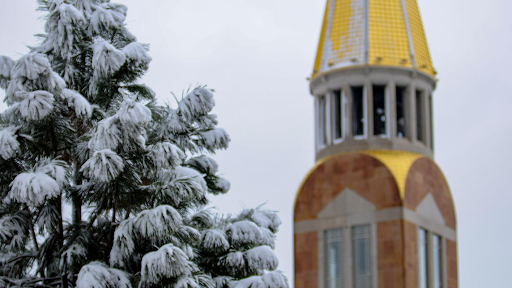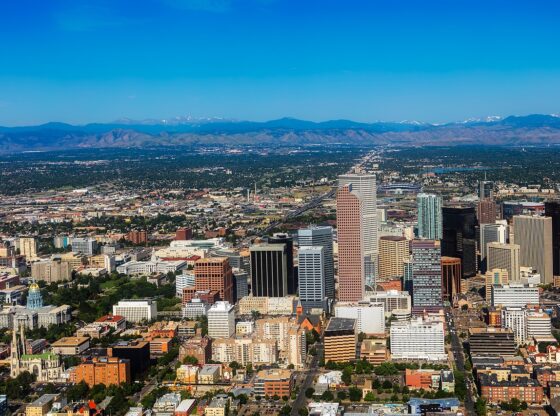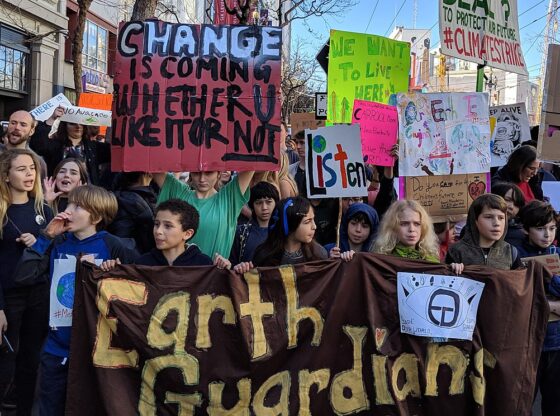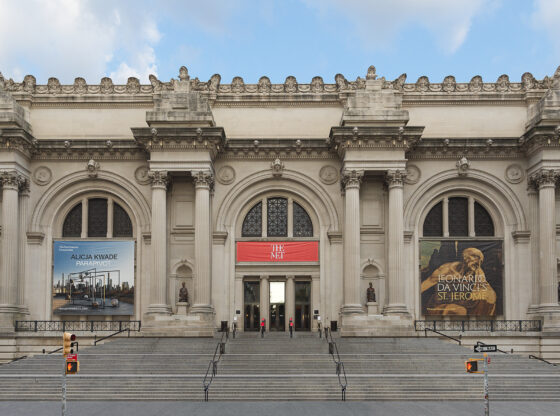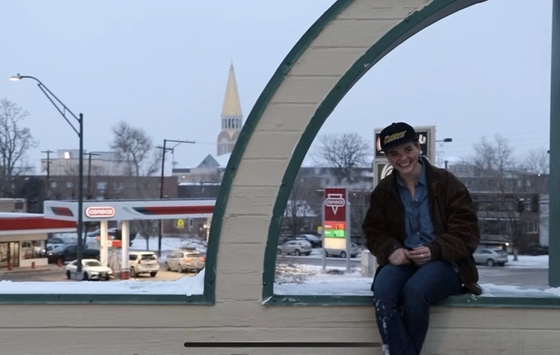Public space—whether intended for art or not—is often fought over, especially in major metropolitan cities like Denver. However, the city’s movement away from the typical urban sprawl and towards an art-focused future lends itself to the creation of a dynamic and evolving class of public art.
Past stereotypes of Denver included the view that it lacked culture and the lack of ties to the art world earned it the nickname of a cowtown. The Western charm associated with the area only went so far to make up for the lack of art and cultural elements, but recently, Denver has reinvented itself. The restructuring of the Denver Art Museum in 1971, particularly the North building, by Italian architect Gio Ponti first helped to put Denver on the radar. Then, First Fridays held by the Santa Fe Arts district all over Colorado and the building of the iconic Clyfford Still Museum has slowly caused a shift in perspective from a sleepy cowtown to a modernized cultural hub. Now, Denver’s push to attract tourists has foundations in the art world.
Beyond the museums and art walks, the most accessible form of art is becoming more and more visible all around Denver—street art. Although there are several different manifestations of street art, common examples are commissioned murals by artists on a grand scale in a location open to the public. Street art is the most accessible, most visible and, oftentimes most appealing form of art to tourists strolling the city streets.
When out and about in Denver, be sure to keep your eyes peeled to find some of the larger-than-life artworks. Here are some tips for finding street art in Lower Downtown:
Market Street is a great place for street art, due to the dispersion of buildings and the change from low-rises to high rises. Larimer, and around the general vicinity of Historic Downtown, ensures at least a few great murals for someone who doesn’t want to look too hard.
Make note of parking lots, as artists favor the ability to fill the entire walls of the building with their murals and little obstruction. Often, the best method for finding this kind of art is wandering around the Lower Downtown district with a curious mind and a keen eye on your surroundings.
Check social media. The hashtag “Denver Street Art” is informative, and the location services on Instagram and Twitter make it easy to pinpoint exactly where others found something that could be of interest to you. Additionally, the Twitter account @DenverStreetArt and Tumblr account Denver Street Art provide two outlets to see what’s new and where you might find street art.
Go with a friend. Beyond that, go with a friend who has a bike or two. The art is dispersed, and if you’re not wearing comfortable walking shoes, it’s best to bike. This will also allow you to cover much more ground faster.
Denver’s street art is a direct reflection of its western roots, cappuccino cowboy culture and appeal to new and upcoming artists. Of all the recent artistic implementations of the past few years, street art is the one impossible to miss.




